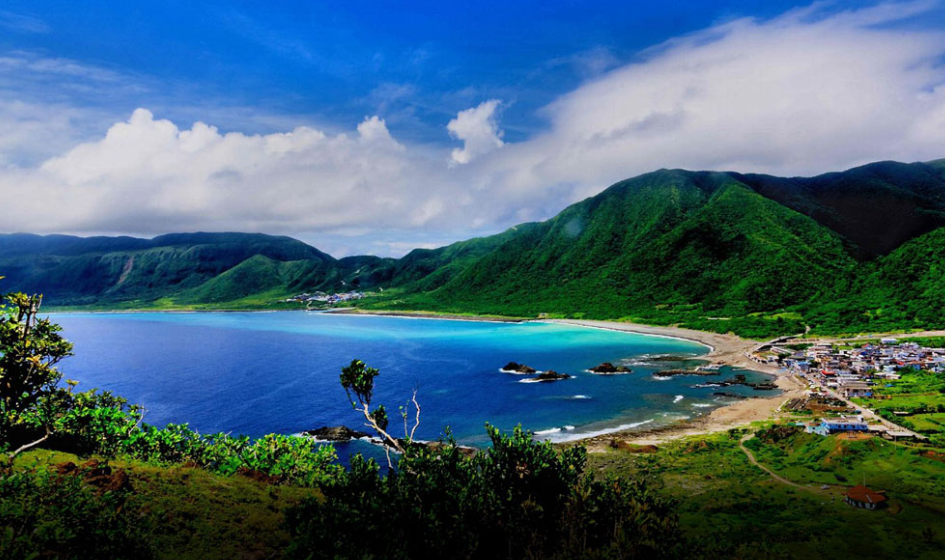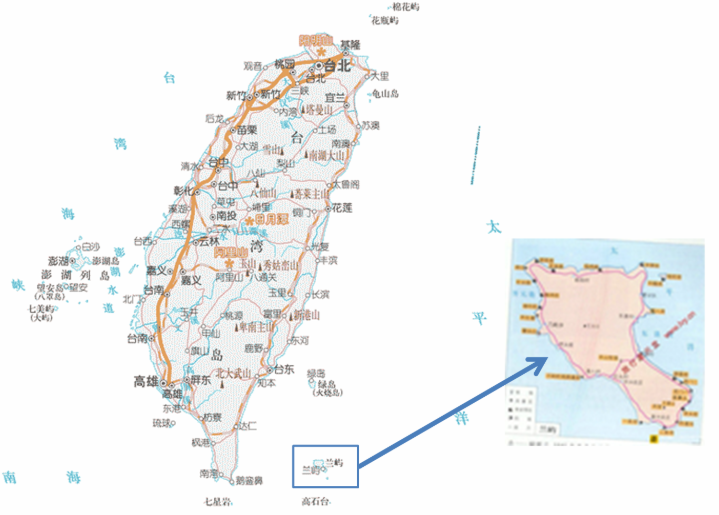HUANG Chun-ming, “The Taste of Apples”

Hi Maataw
- Maataw or Orchid Island
History:
Prehistory
The aboriginal people of the islands are the Tao, who immigrated from the Batanes about 800 years ago. Qing Dynasty – The island first appears on surviving charts in the 17th century, when it was noted by Japanese sailors. Imperial Japan – During Japan’s occupation of Taiwan, its government declared Kōtō Island an ethnological research area off-limits to the general public.Republic of China
After the Republic of China regained Taiwan, the island was administered as the Hong-tou-yu “township” of Taitung County after 19 January 1946 but the Japanese restrictions on visitors remained in effect. Because of these policies, the Tao continue to have the best-preserved traditions among the Taiwanese aborigines despite the end of the ban on settlement and tourism in 1967.(From Wiki https://en.wikipedia.org/wiki/Orchid_Island)


- The Yami people, also known as the Tao people, are an Austronesian ethnic group native to the tiny outlying Orchid Island of Taiwan. These indigenous peoples have been more commonly recognized as the Yami people, following a Japanese anthropologist’s coining of the name. However, as a collective, these Orchid Island inhabitants typically prefer “Tao people” as their group identifier. They are part of the Austronesian family, and designated members of the Taiwanese aborigines. Despite being linked to both indigenous Taiwanese and Filipino populations, the Tao people remain unique in their customs and cultural practices.Composed of approximately 3,100 individuals, the island populace relies heavily on fishing for survival. The Tao people’s emphasis on fishing and ocean culture reflects their intense connection to the sea as being about much more than survival; they use fishing and the building of boats as an extension of themselves, and as a way to honor their spiritual beliefs. Their ways of life have been threatened by the continued emigration to the mainland of Taiwan in search of jobs and education. As a result, the continuation of past traditions has been hindered.
(From Wiki https://en.wikipedia.org/wiki/Yami_people)
- Natural disasters like typhoon causes transportation problems and leads to halt in food supply for schools.
- Taste Change
- The traditional local products are water taro, sweet potato, and flying fish. As the president of the elementary school said, there were plenty of taro fields before, but since many young poeple moved to Taiwan to earn money, these fields were deserted.
- He also mentioned the land is not suitable for planting rice and wheat. The traditional algriculture which is only aim to support themselves makes large-area planting difficult.
- Lunch education in schools change local poeple’s diet habits. From the president’s experience, noodles was the main food in school 20 or 30 years ago. Then when he went to the junior high school, rice became children’s main food. Only in holidays, they can have the chance to have the traditional Yami people’s food, taros and potatos.
- Under the background of globalization, chain covenient stores from Taiwan or Japan (7-11) arrive Taiwan and become threatened to local traditional food culture. Busy parents rely on its convenience. Eating microwave food becomes common for their dinner. With this family influence, the modern way of eating become popular and accepted by young children while traditional food is getting forgotton gradually.

Recent Comments